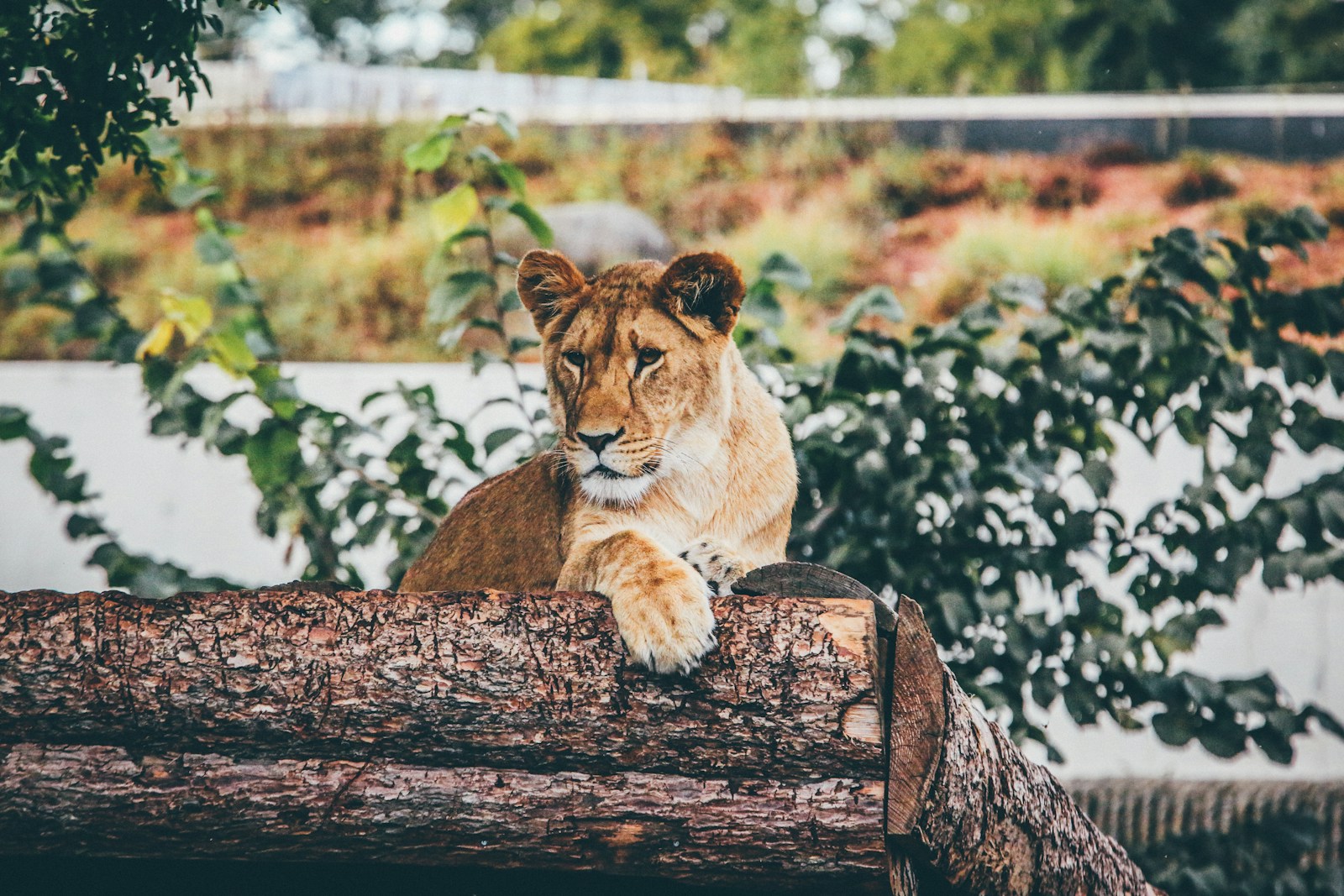Mountain lions, also known as cougars or pumas, are traditionally associated with remote wilderness areas and rugged mountain terrain. However, in recent years, there has been a noticeable increase in sightings of these majestic predators in suburban neighborhoods across North America. This phenomenon raises questions about what drives these typically elusive cats to venture into human-populated areas. The complex interplay of habitat loss, food availability, territorial dynamics, and changing environmental conditions creates situations where these wild felines find themselves navigating the edges of human civilization. Understanding why mountain lions appear in our neighborhoods is crucial not only for human safety but also for the conservation of these important apex predators in an increasingly fragmented landscape.
Habitat Loss and Fragmentation
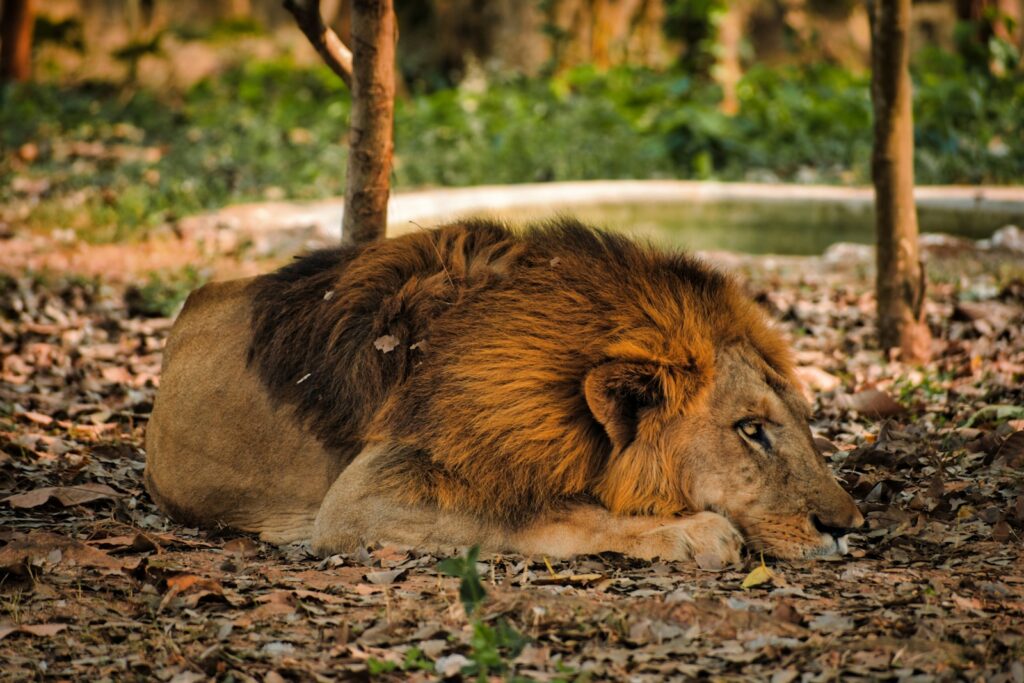
The primary driver pushing mountain lions into suburban areas is the ongoing loss and fragmentation of their natural habitat. As human development expands into previously wild areas, mountain lions find their traditional territories shrinking dramatically. Housing developments, highways, and commercial zones carve up once continuous wilderness into isolated patches, forcing these cats to travel through or near human settlements to move between suitable habitat fragments. For mountain lions, which typically require vast territories ranging from 30 to 300 square miles depending on gender and geography, this fragmentation creates significant challenges. The mathematical reality is stark: a single suburban development can eliminate enough habitat to displace multiple mountain lions, creating a domino effect that pushes cats into increasingly marginal and human-adjacent areas.
Following Prey Into Developed Areas
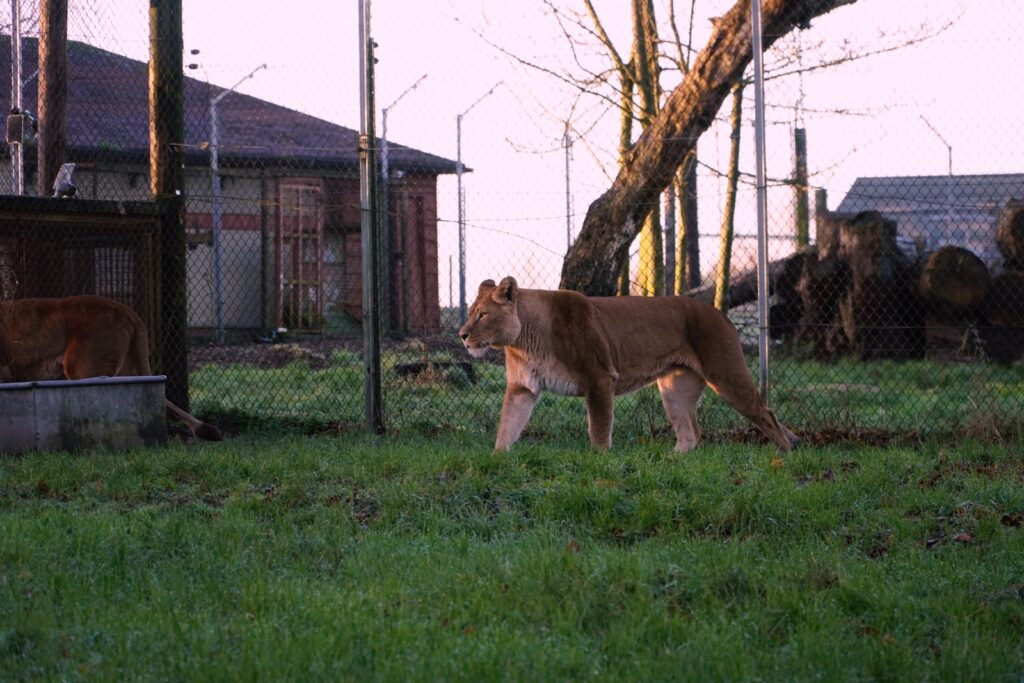
Mountain lions are opportunistic predators that follow their food sources, which increasingly leads them into suburban environments. Deer populations, the preferred prey of mountain lions, often thrive in suburban landscapes with their edge habitats, ornamental plantings, and lack of hunting pressure. These deer are attracted to the lush vegetation in parks, golf courses, and residential gardens, creating an inadvertent prey buffet that mountain lions find difficult to resist. Additionally, suburban areas offer smaller prey like raccoons, pets, and livestock that can supplement a mountain lion’s diet when larger game is scarce. The abundance and predictability of food resources in these human-altered landscapes can sometimes outweigh the risks associated with human proximity, especially for hungry or inexperienced cats.
Drought and Climate Change Impacts
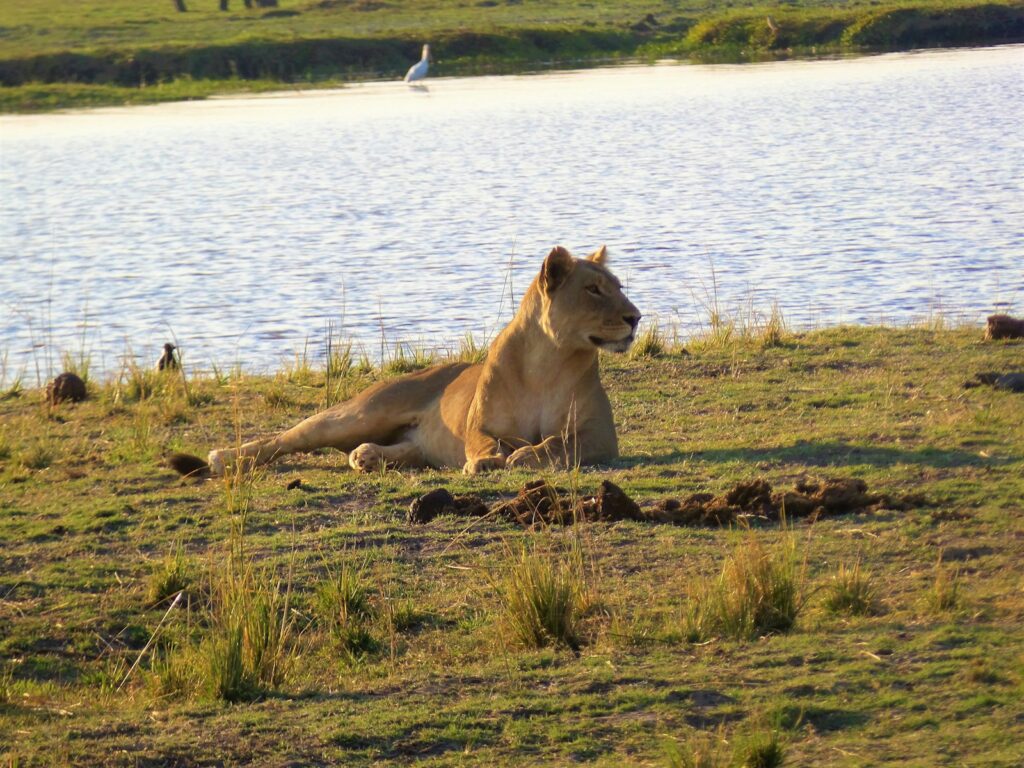
Changing climate conditions, particularly prolonged drought in western regions, are increasingly driving mountain lions toward suburban areas with more reliable water sources. During severe drought periods, natural water holes and streams in wilderness areas may dry up completely, while irrigated suburban landscapes maintain ponds, pools, and watered lawns that attract both prey animals and predators. Climate change also affects vegetation patterns that determine prey distribution, potentially shifting the entire ecological food web toward human settlements. Research in California has documented clear correlations between drought severity and increased mountain lion activity in suburban areas, suggesting that as climate change intensifies, these interactions may become more common. For mountain lions adapted to specific habitat conditions, suburbia may represent not just an obstacle but occasionally an oasis during environmental stress.
Territorial Disputes and Dispersal
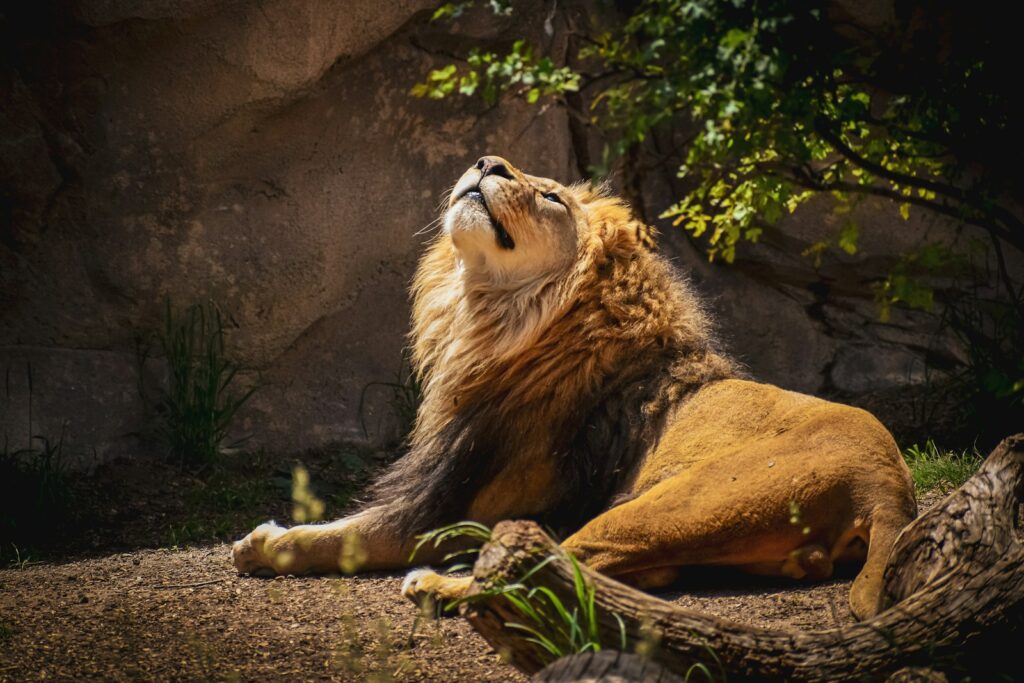
Young mountain lions, particularly males, are often forced to venture into suburban areas due to territorial dynamics within their species. When young males reach maturity around 18 months of age, they must leave their mother’s territory and establish their own range, a process known as dispersal. Established adult males vigorously defend their territories against these newcomers, pushing the younger, less experienced cats into marginal habitats that often interface with human development. These dispersing juveniles may travel hundreds of miles seeking unoccupied territory, frequently crossing suburbs, highways, and even major cities in the process. This natural biological imperative creates a constant stream of young mountain lions that may temporarily or permanently occupy suburban fringe habitats as they search for a place to call home.
Corridors and Edge Effects
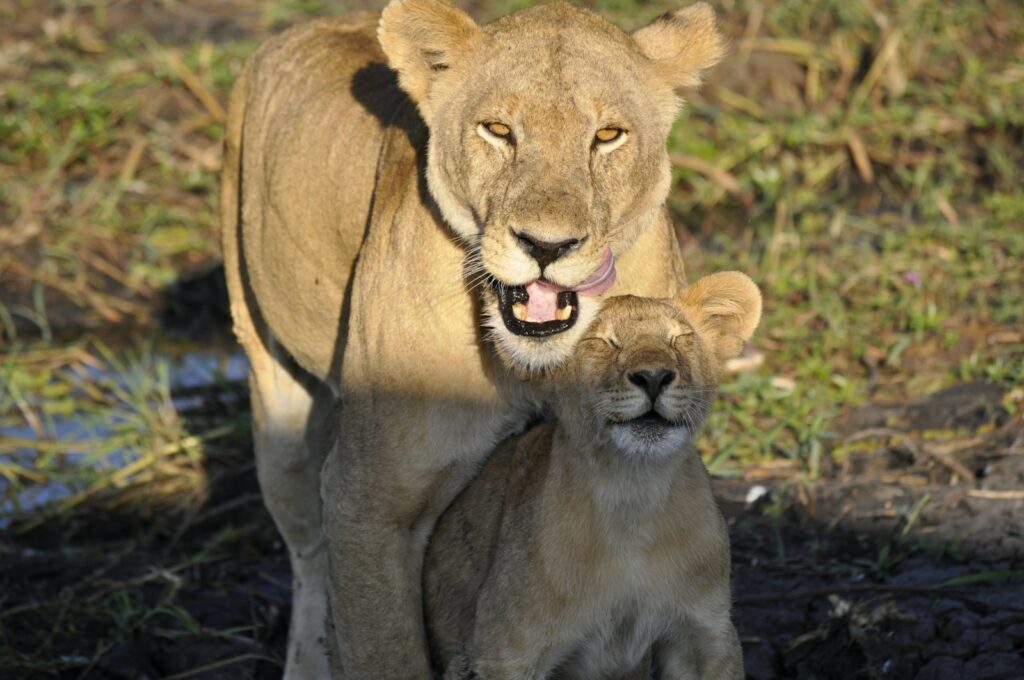
Suburban developments often create what ecologists call “edge effects” – transitions between different habitat types that can actually attract wildlife including mountain lions. These edges typically follow natural features like rivers, ridgelines, or canyons that serve as wildlife corridors connecting larger habitat patches. Mountain lions instinctively travel along these natural pathways, which increasingly lead them through or adjacent to human settlements. Riparian corridors – the vegetated areas along streams and rivers – are particularly important movement routes for mountain lions and frequently wind through suburban areas. Urban planners rarely consider wildlife movement patterns when designing developments, inadvertently creating problematic interfaces where mountain lions and humans are more likely to encounter one another. Even well-intentioned greenbelts and open space preservation can sometimes function as conduits guiding predators into residential neighborhoods.
Habituation to Human Presence
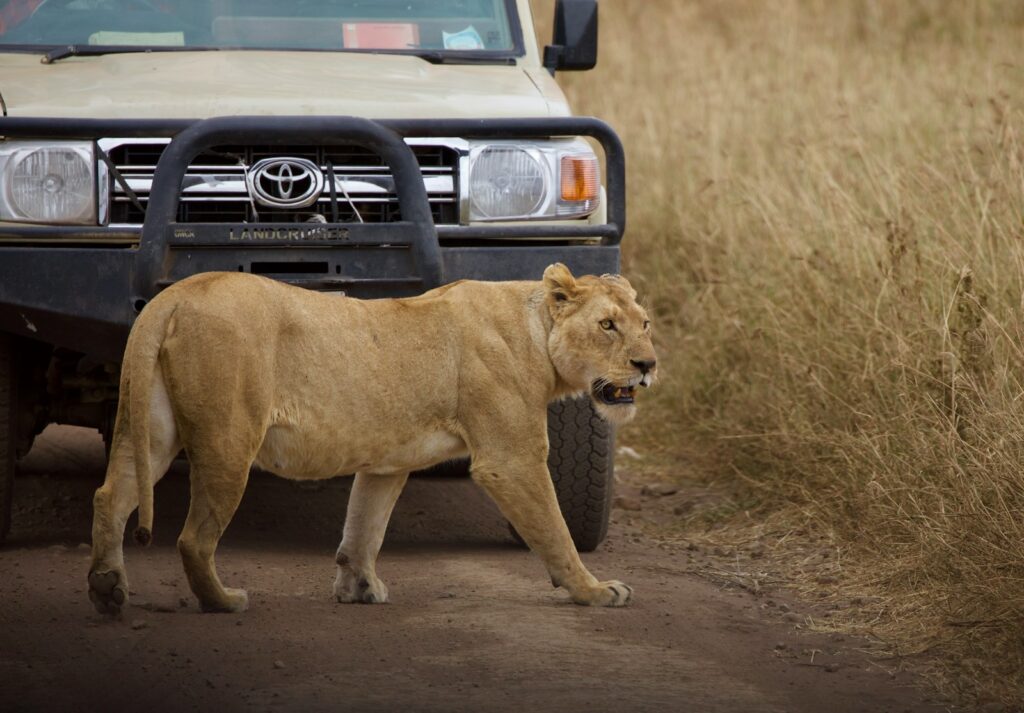
Some mountain lions that repeatedly encounter human activities without negative consequences may gradually become habituated, reducing their natural wariness around people and developed areas. This habituation process can begin when mountain lions discover that people rarely pose an immediate threat, especially in states where hunting mountain lions is prohibited. The cats may learn that vehicles, houses, and even pedestrians can be navigated safely, particularly during nighttime hours when human activity decreases. Research shows that habituated mountain lions may adjust their activity patterns to become more nocturnal in suburban environments, minimizing direct human contact while still utilizing the landscape. This behavioral adaptation allows some individuals to successfully exploit suburban resources while remaining largely undetected, sometimes for years before being discovered.
Demographic Shifts in Mountain Lion Populations
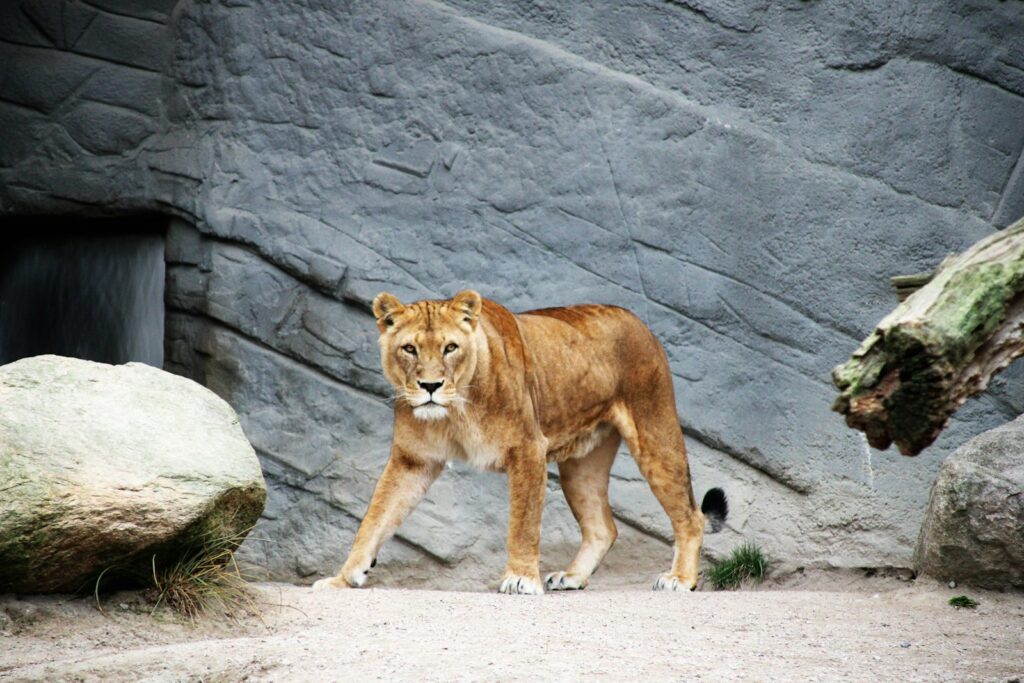
Changes in mountain lion population dynamics can increase suburban incursions through cascading effects within their social structure. When hunting pressure or other mortality factors remove established adult territories, it creates vacuums that multiple mountain lions may try to fill, temporarily increasing movement and territorial conflicts. In some areas, successful conservation efforts have allowed mountain lion populations to increase, creating greater competition for prime habitat and pushing subordinate individuals toward suburban interfaces. Age and gender significantly influence which lions appear in suburbs, with subadult males (2-3 years old) disproportionately represented in suburban sightings and conflicts. Population pressure can force even healthy adult mountain lions to explore marginal habitats they would typically avoid, especially during regional population peaks that occur naturally in predator-prey cycles.
Seasonal Patterns of Suburban Visitation
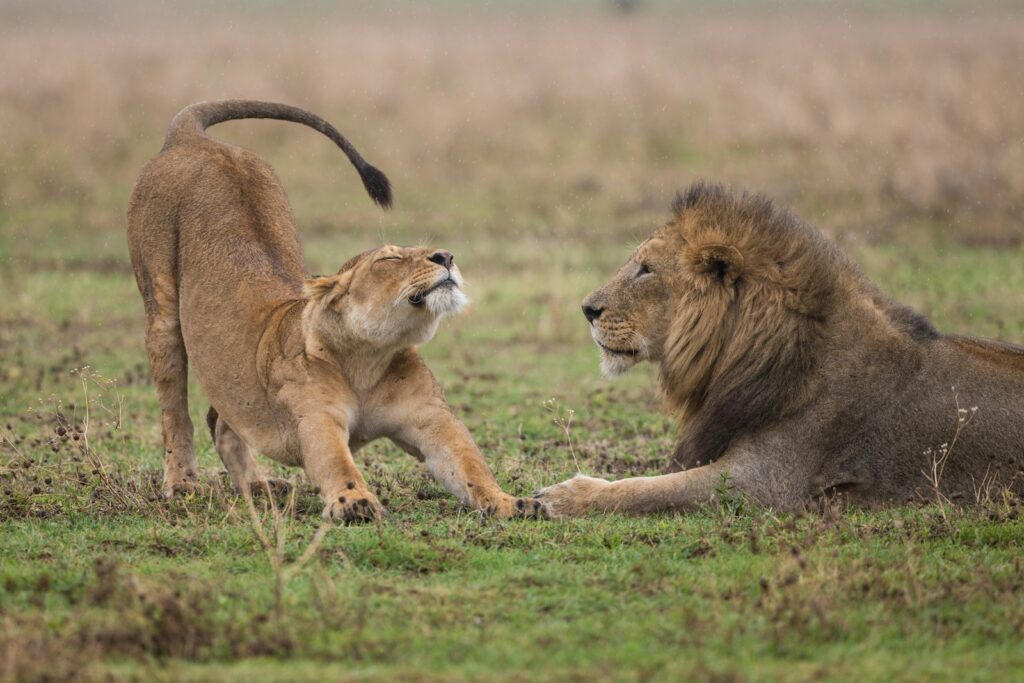
Mountain lion appearances in suburban areas often follow distinct seasonal patterns tied to both natural cycles and human activities. Winter months typically see increased mountain lion movement as prey becomes more concentrated around limited food resources, sometimes bringing both deer and their predators closer to human settlements. Mating season, which typically occurs in late winter and early spring, drives increased movement particularly among male mountain lions seeking mates, sometimes bringing them into unfamiliar territories including suburbs. Summer drought conditions can drive mountain lions toward irrigated suburban landscapes when natural water sources diminish. Fall hunting seasons in many regions push deer populations toward suburban refuges where hunting is restricted, inadvertently drawing mountain lions along with them.
Human Food Sources and Attractants
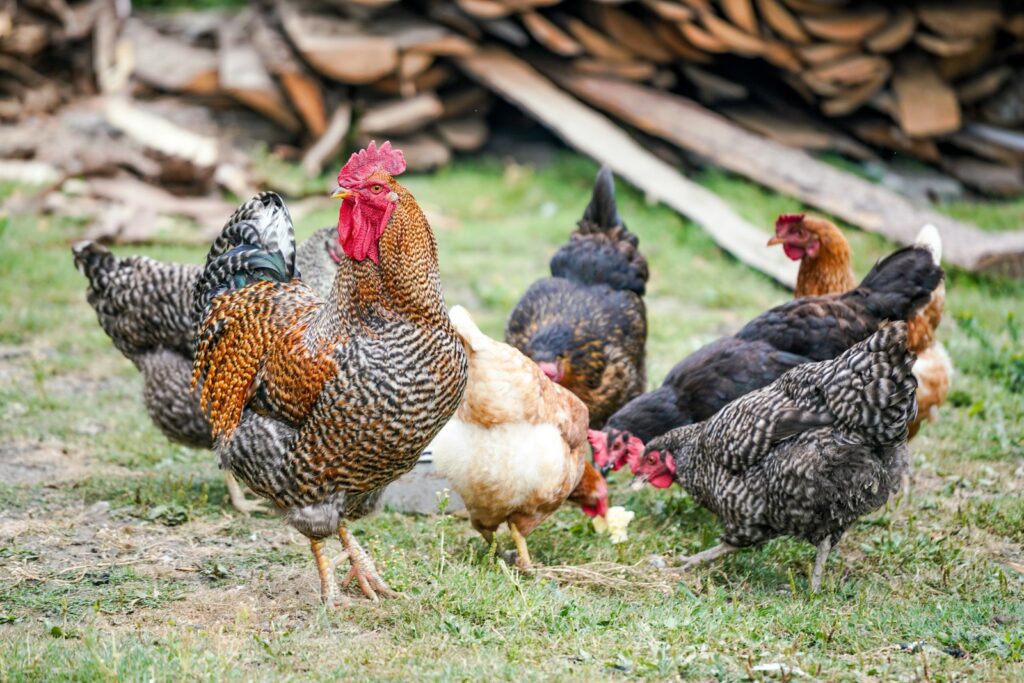
Unintentional food sources provided by humans can draw mountain lions into suburban settings even when natural prey is available elsewhere. Outdoor pet feeding, unsecured garbage, and compost piles attract smaller animals that become prey for mountain lions, creating a food chain that ultimately leads to predator presence. Hobby livestock such as chickens, goats, and sheep often lack adequate protective enclosures in suburban settings, creating easy predation opportunities that can teach mountain lions to associate human properties with food. Even bird feeders can indirectly attract mountain lions by first drawing in rodents, then mesopredators like foxes or raccoons, and ultimately the apex predator. The most problematic situation develops when mountain lions discover these reliable food sources without experiencing negative consequences, potentially establishing regular visitation patterns to suburban properties.
Individual Mountain Lion Personality Differences
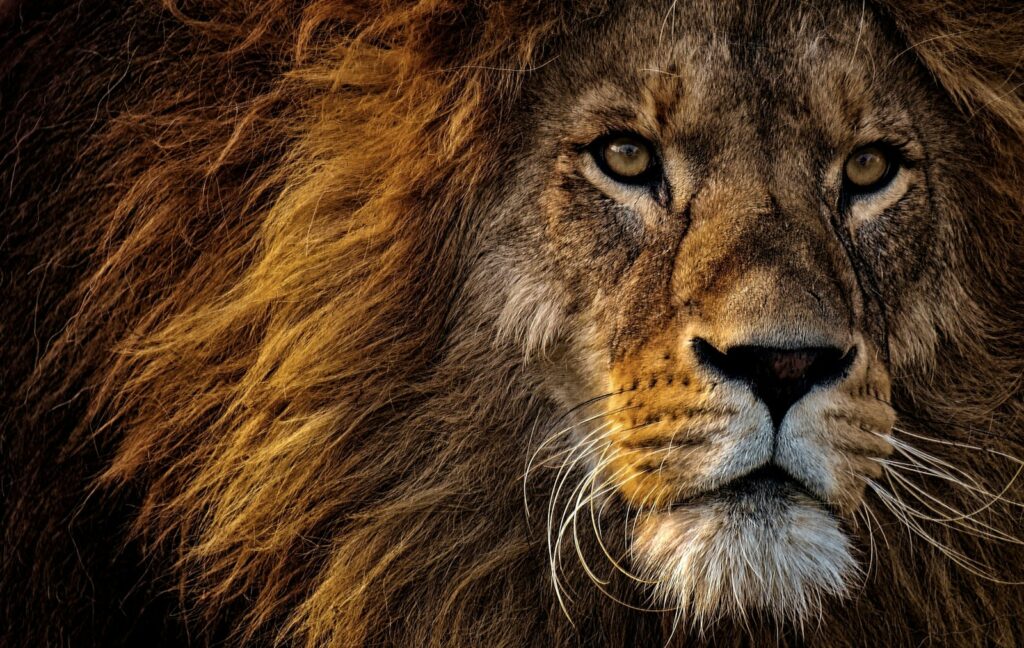
Research increasingly recognizes that individual mountain lions, like humans, possess unique personality traits that influence their likelihood of utilizing suburban environments. Some mountain lions exhibit naturally higher tolerance for novel situations and disturbances, making them more adaptable to human-modified landscapes. These “bold” individuals may be more willing to cross highways, navigate suburban obstacles, and tolerate occasional human encounters that would deter their more cautious counterparts. Wildlife biologists have documented remarkable variation in how individual mountain lions respond to the same suburban environment, with some avoiding developed areas entirely while others regularly utilize them. This individual variation in behavior complicates management efforts but helps explain why certain mountain lions become “problem individuals” repeatedly involved in suburban conflicts while others of the same population remain in wilderness areas.
Disease and Injury Factors
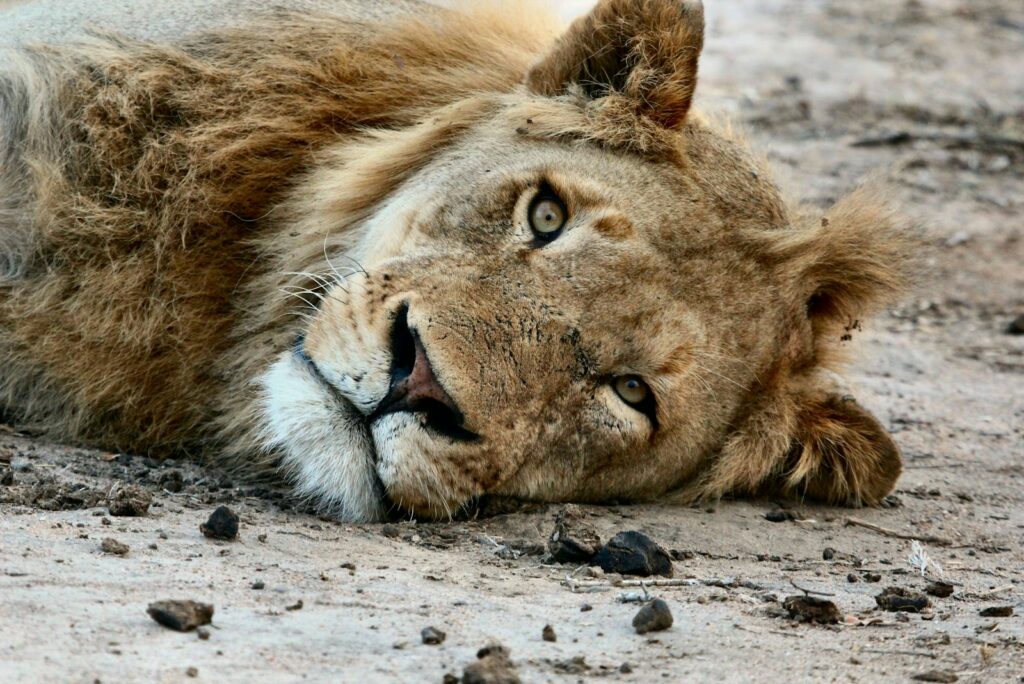
Mountain lions suffering from injuries, illness, or advanced age sometimes appear in suburban areas when they can no longer effectively hunt their natural prey. Injuries from territorial fights, vehicular collisions, or other accidents may reduce a mountain lion’s hunting capabilities, forcing it to seek easier prey options sometimes found near human settlements. Diseases such as mange, which has affected some mountain lion populations, can weaken individuals and alter their normal behavior patterns and habitat selection. Older mountain lions with worn teeth or diminished strength may turn to smaller, more accessible prey including pets or livestock when they can no longer bring down deer or elk. These compromised individuals represent a small percentage of suburban mountain lion sightings but often receive disproportionate attention because their weakened condition may make them more visible or likely to engage in unusual behaviors.
Management Challenges and Coexistence Strategies
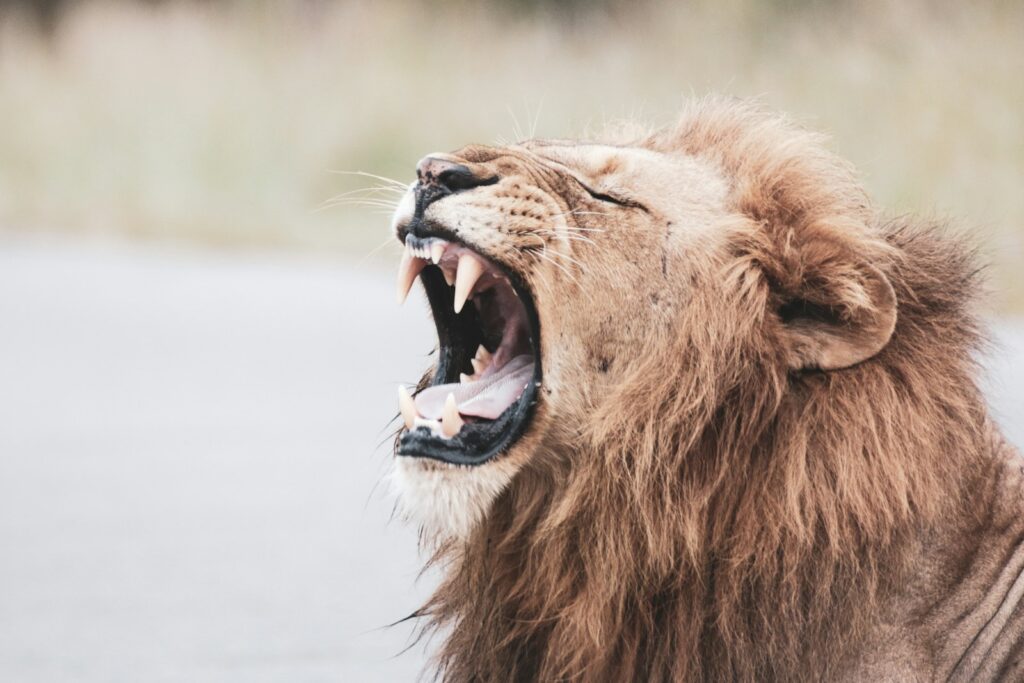
Addressing the challenge of mountain lions in suburban areas requires multifaceted management approaches that balance human safety with conservation needs. Wildlife agencies increasingly employ non-lethal deterrents such as aversive conditioning, where problem mountain lions are scared away using rubber bullets, loud noises, or trained dogs to discourage them from returning to suburban areas. Habitat connectivity initiatives aim to provide alternative movement corridors that guide mountain lions around rather than through developed areas. Public education campaigns focusing on “mountain lion-smart” practices—securing potential food attractants, installing motion-activated lighting, and modifying landscaping to reduce hiding places—have shown promise in reducing conflicts. Community-based programs that train residents in proper response to mountain lion sightings help reduce panic reactions that can sometimes escalate harmless encounters into dangerous situations.
Conclusion
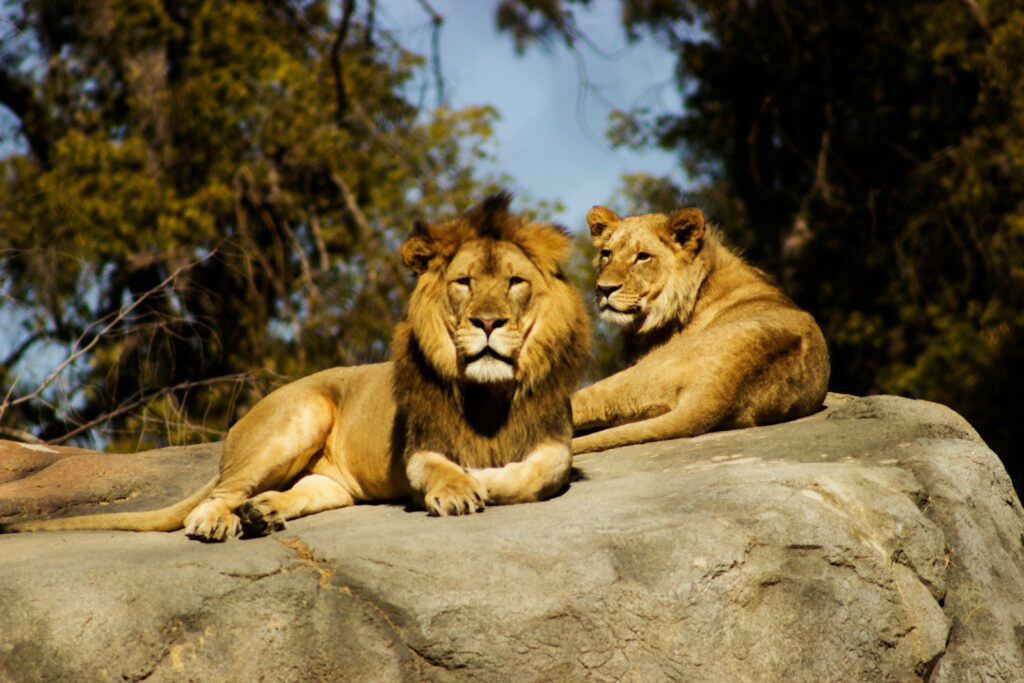
The increasing presence of mountain lions in suburban areas represents a complex ecological challenge driven by multiple factors, from habitat loss and climate change to individual cat behavior and human development patterns. As humans continue to expand into previously wild areas, interactions with these adaptable predators are likely to increase rather than decrease. The most effective long-term solutions will require thoughtful landscape planning that incorporates wildlife movement needs, community education to reduce attractants and conflicts, and a deeper understanding of mountain lion ecology. By recognizing that mountain lions aren’t “invading” suburban areas but rather responding to profound changes in their environment, we can develop more effective strategies for coexistence that protect both human communities and these magnificent wild cats that play crucial roles in maintaining healthy ecosystems.

